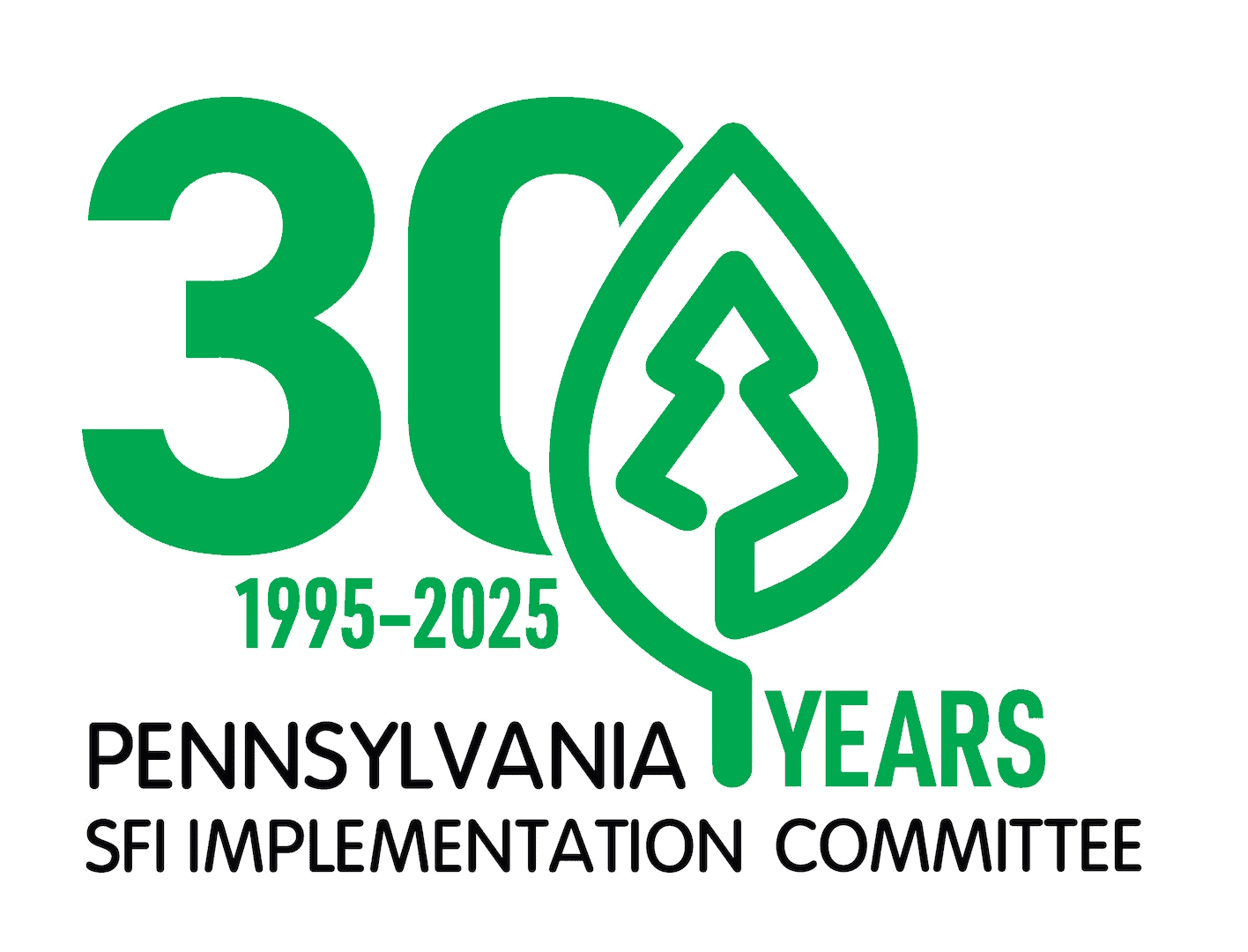
LOGGING SAFETY RESOURCES
OSHA STANDARDS
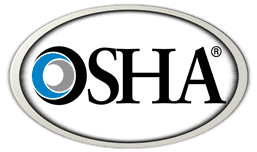
OSHA regulations consist of required and recommended work practices that are designed to reduce the hazards of logging operations. All logging operations with employees are covered by the standards. OSHA has two standards that affect the timber harvesting industry – General Industry Standards and the Logging Standard.
- OSHA At-A-Glance
- Pennsylvania OSHA Offices
- OSHA Standards Related to Logging
- Logging eTool
- The Logger’s Guide to the OSHA Logging Safety Standards (21-A-01)
- What to Expect from an OSHA Inspection
- Updates to OSHA’s Recordkeeping Rule: Reporting Fatalities and Severe Injuries
- FREE OSHA Job Safety and Health: It’s the Law poster (Employers subject to the Occupational Safety and Health (OSH) Act are required to post a notice notifying employees of the protections of the Act)
- Virginia Logger Safety Checklist Booklet (This booklet contains sample forms, sample policies, and guidelines for maintaining safety records. Formats are suggested and can be modified by each operation. Use of this booklet and completion of suggested forms will assist with OSHA requirements as related to logging operations. A list of agencies and contacts is included for additional information and consultation.)
- Georgia Logger Safety Booklet (Includes sample forms, example policies and guidelines for maintaining safety records to assist with OSHA compliance. This booklet is an excellent starter or supplement for any logging business safety program.)
FREE OSHA CONSULTATION PROGRAM
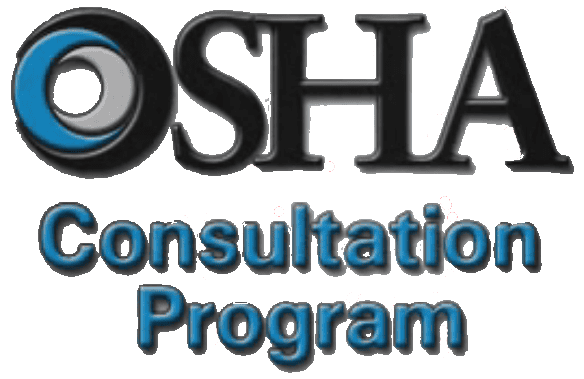
The state of Pennsylvania offers a FREE and confidential consultation service to assist companies in bringing their operations into compliance with OSHA standards. During a work site visit, consultants review operations and facilities for OSHA violations and other hazards and review OSHA-required programs. Where deficiencies are identified, consultants assist employers in identifying and making corrections.
To receive on-site services, the employer simply agrees to correct OSHA violations that are classified as imminent dangers or serious hazards. There is no obligation to correct non-serious violations. In the rare event that an employer does not correct an imminent danger or serious hazard, the program is under legal obligation to report the matter to OSHA. In all other cases, the service remains confidential by law.
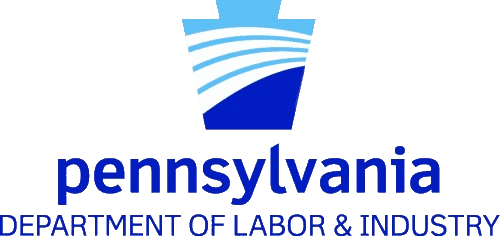
Amendments made to the Pennsylvania Workers’ Compensation Act provide for an annual 5 percent worker’s compensation premium discount for any employer who forms and maintains a workplace safety committee covering their PA workplaces, and which meets state-established requirements for certification. First, the committee must be formed and meet the criteria set forth in the Workers’ Compensation Health and Safety Regulations, Chapter 129, Subchapter F. Then an application must be completed and approved by the Bureau of Workers’ Compensation. This process is repeated annually.
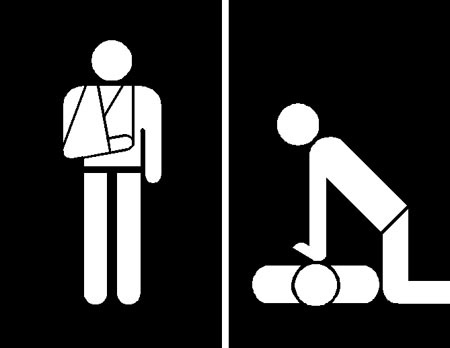
OSHA Regulation 29 CFR § 1910.266(i)(7) requires that all employees, including supervisors, receive hands-on First Aid and CPR training meeting at least the requirements specified in Appendix B (see Additional Resources below), and keep their training current. The Pennsylvania SFI Professional Timber Harvester Training Program requires First Aid and CPR training as a core training requirement. Recertification is encouraged but optional for maintaining PA SFI training; however, it is mandatory under OSHA. Training certificates can be submitted to the Pennsylvania SIC office via email, mail, or fax.
- Appendix B – OSHA Requirements For Mandatory First Aid & CPR Training
- OSHA DOES NOT ACCEPT ONLINE FIRST AID & CPR TRAINING [2012 Letter of Interpretation]
- Find a Class
- Pennsylvania SFI Professional Timber Harvester Training (offers approved First Aid / CPR training)
- American Red Cross
- American Heart Association
- American Safety & Health Institute
- Emergency Care & Safety Institute
- National Safety Council
- CINTAS Instructor-Led Compliance Training
- YMCA – Check for local offerings
- American CPR Training
- Pacific Medical Training
- Check with your local hospital, EMS, ambulance company, fire department
- Advanced Cardiovascular Life Support (ACLS) Quizzes
- Minimum required contents for work site first-aid kits
- Sample Bloodborne Pathogen Exposure Control Plan for Logging
- First Aid for Insect Bites and Stings

Many species of ticks occur in Pennsylvania. Outdoor workers, such as loggers and other forestry workers, are at an increased risk for contracting tick‐borne diseases due to their prolonged time spent in tick habitats. Tick exposure can occur year-round, but ticks are most active during warmer months (April-September). The following links provide resources for how to avoid, identify, remove, and test ticks. They also provide information on tick-borne diseases.
- Centers for Disease Control and Prevention – Ticks
- Using Insect and Tick Repellents Safely
- Tick Identification and Testing Services
- Tick Research Lab (free testing for PA residents)
- Checking for Ticks
- Ticked Off About Ticks
- Common Ticks and Tick-borne Diseases in Pennsylvania
- Tick-Borne Diseases
- Information on Tick Borne Disease
- Centers for Disease Control and Prevention – Lyme Disease
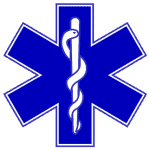
Are you prepared for a medical or other emergency on your operation? Do you know where the closest hospital is? Would you know how to direct emergency personel to where you are? If an emergency responder asked you if your coworker was allergic to any medications, would you be able to answer? Who does what on your operation when a fire breaks out? It is important that you take a little time before starting each operation to collect and organize some basic information that is critical for emergency response. The following resources can help you with this process:
- Emergency Action Plan [OSHA Requirements]
- Fire Prevention Plan [OSHA Requirements]
- Search for Local Hospitals
- Job Site Safety Information for First Responders
- Easy Access System for Emergency Contact Info at a Logging Site
- On the Job Emergency Medical Files
- Easy Access to Critical Medical Information
- Hospital Location Maps on First Aid Kits
- Advanced Logger Rescue Training [Periodically offered through PA SFI]
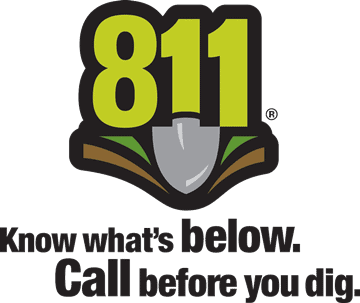
811 is the number you should call before you begin any digging project or work across buried utility right of ways. 811 was created to help protect you from unintentionally damaging underground utility lines while working. People digging often make risky assumptions about whether or not they should get their utility lines identified due to concerns about project delays and costs. These assumptions can be life-threatening. Every digging job or utility right of way crossing requires a call. If you hit and damage a utility line, you can harm yourself or those around you, disrupt service to an entire neighborhood and potentially be responsible for fines and repair costs.

OSHA regulation 29 CFR § 1910.266(i)(11) requires that employers hold safety and health meetings as necessary and at least each month for each employee. Safety and health meetings may be conducted individually, in crew meetings, in larger groups, or as part of other staff meetings. Several organizations produce safety alerts and reports that review actual logging operation accidents. The analysis and discussion of these incidences with employees can constitute a safety meeting. A form is included on the back of every FRA safety alert (see Additional Resources below) that can be used to document and record safety meetings.
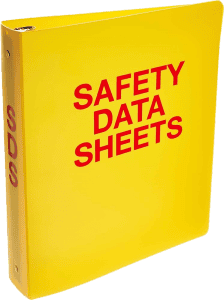
The OSHA hazard communications (Right to Know) standard [29 CFR §1910.1200(h)] requires every employer to develop and implement a hazard communication (HAZCOM) program. Your employees must be informed of the potential health and physical risks and be informed of the appropriate safety precautions and actions associated with hazardous chemicals through chemical information lists, safety data sheets (SDS), container labeling and warning, the hazardous chemical right-to-know poster, and employee training and education. All logging employers must be in compliance with the OSHA Law for the Hazard Communications Standards as they apply and pertain to logging operations.

The National Timber Harvesting & Transportation Safety (THATS) Foundation is a charitable 501(c)3 organization founded in 1991 and is administratively housed within the Forest Resources Association (FRA). The mission of the Foundation is “to promote, support, and serve as a catalyst for safe and professional work attitudes, practices, and conditions in timber harvesting and transportation.” The Foundation’s website contains a tremendous amount of helpful information related to logging safety.
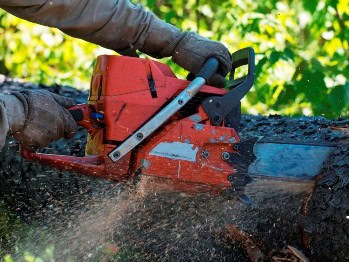
Chainsaws are one of the most dangerous hand tools that can be purchased on the open market. They require no license or training to own or operate. There are approximately 40,000+ injuries resulting from chainsaw use each year, many of which result in fatalities. Most chain saw accidents are preventable. The only answer to reducing these accidents is proper training and knowledge coupled with a lot of hands on experience.
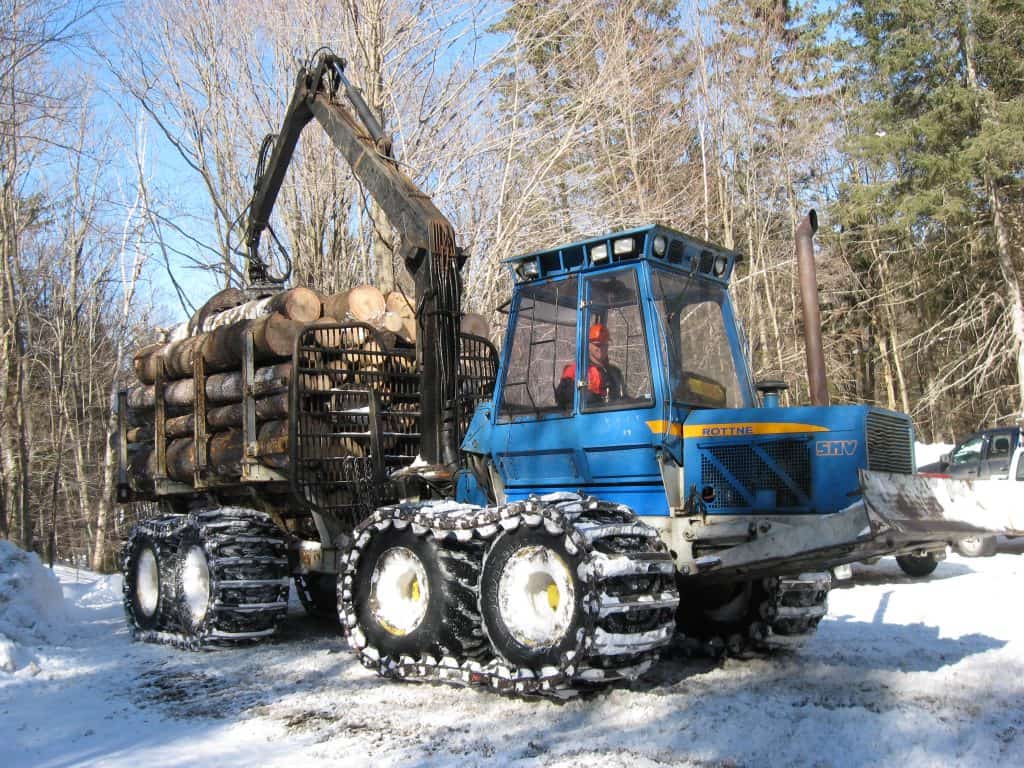
Professional logging equipment operators are in control of their machines. All aspects of operation, maintenance, loss prevention, and safety are incorporated into every phase of their duties. This section provides guidelines for safe work practices, fire prevention, proper preventive maintenance, and safe operations. These guidelines are helpful hints for woods equipment operators and logging contractors. These guidelines are not substitutes for proper training, experience, common sense, or manufacturer recommendations.
- Mounting and Dismounting Mobile Logging Equipment
- Logging Equipment Maintenance and Repair
- Logging Equipment Guarding
- High-Speed Disc Sawhead Safety
- Feller Buncher Safe Operation
- Skidder Safety
- Power and Utility Line Safety
- Logging Equipment Guarding
- Sample Lock Out / Tag Out Procedures for logging
- AEM Equipment Safety Manuals
- Woods Equipment Fire Prevention
- TEAM Fire Safety [Video]
- Setting Standards for Safety: Mechanical Harvesting [Video]
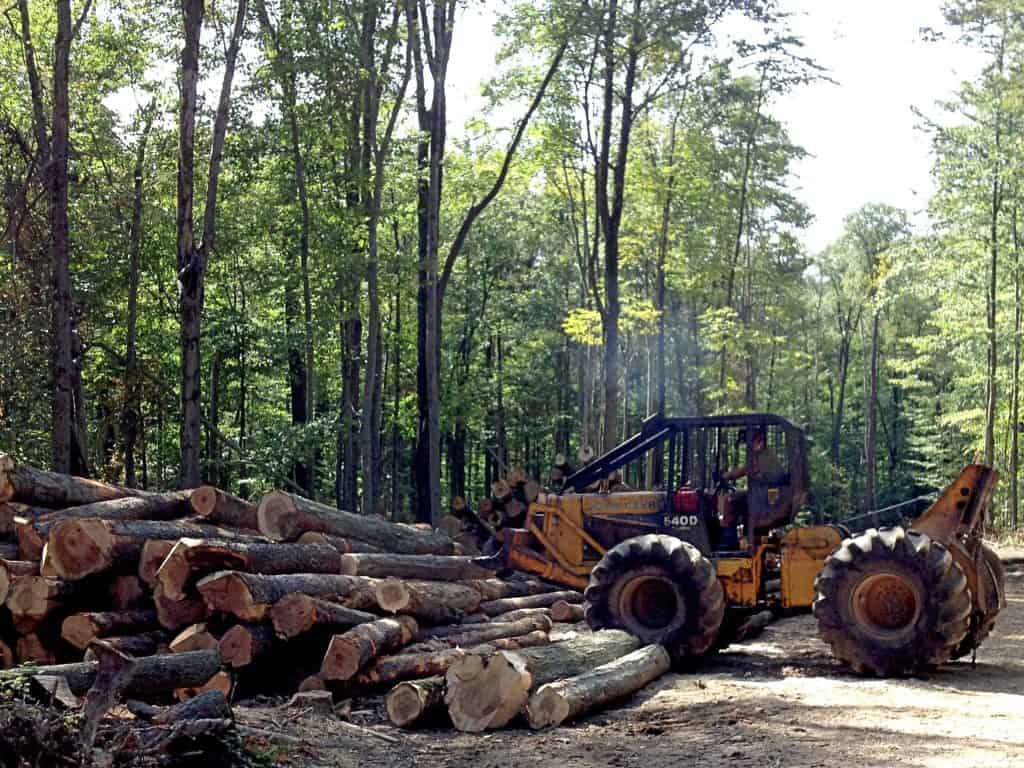
The log landing in the woods and the log yard at the mill are both important places to ensure safety. Operations that occur at these locations typically involve people and machines such as skidders, slashers, loaders, trucks, and log stackers/loaders working in and around each other to process, sort, load and unload logs. All this concentrated activity can present tremendous opportunities for an accident to occur if safe operating procedures are not followed. This section provides information on how to maintain safety on log landings and log yards.
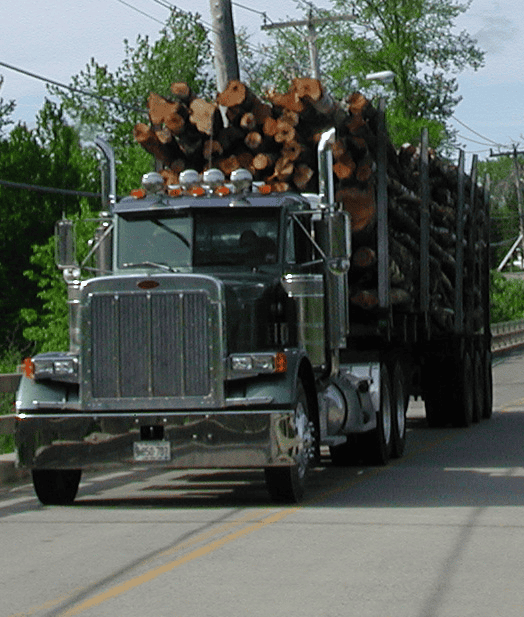
Pennsylvania truckers are subject to Federal Motor Carrier Safety Administration (FMCSA) regulations as well as Pennsylvania’s commercial vehicle code.
Federal Motor Carrier Safety Administration (FMCSA)
Pennsylvania Vehicle Code (Title 75)
- Pennsylvania Trucker’s Handbook (PA PUB 194)
- PennDOT Commercial Driver’s Information Center
- CVSA Out-of-Service Criteria
- Log Trucking & Federal Motor Carrier Safety Regulations (2013) [Video]
- FMCSA § 393.100 – 393.136 [Regulations for securing equipment and other loads]
- FMCSA Interstate Truck Driver’s Guide to Hours of Service
- FMCSA Alcohol & Drug Rules
- DOT Medical Examiner’s Certification for Commercial Drivers [Form]
- Pre-Trip Inspections:
- TEAM Safe Trucking [A broad-based, non-profit volunteer group seeking to elevate the standard and performance of the American forest industry’s transportation sector] – ONLINE TRAINING AVAILABLE
- FMCSA Entry-Level CDL Driver Training Requirements [Video] – Check your FMCSA training records
Disclaimer: The material and resource links provided on this site are for informational use only, and should neither replace the advice of qualified manufacturer, medical, or legal professionals, nor be taken as recommendations, endorsements or legal advice. Use this information at your own risk, and always be sure to consult with a expert. This Site contains information and content from third parties. Information contained herein regarding any specific person, commercial product, process, or service by trade name, trademark, manufacturer, or otherwise, does not constitute or imply its endorsement, recommendation, or favoring by the Pennsylvania SFI Implementation Committee.
